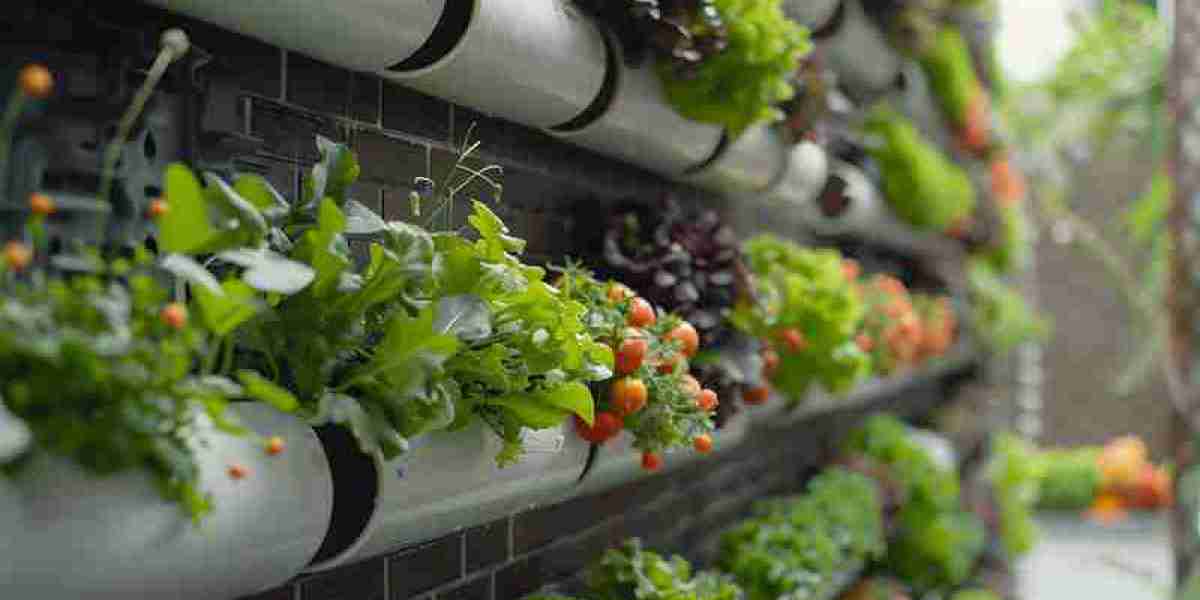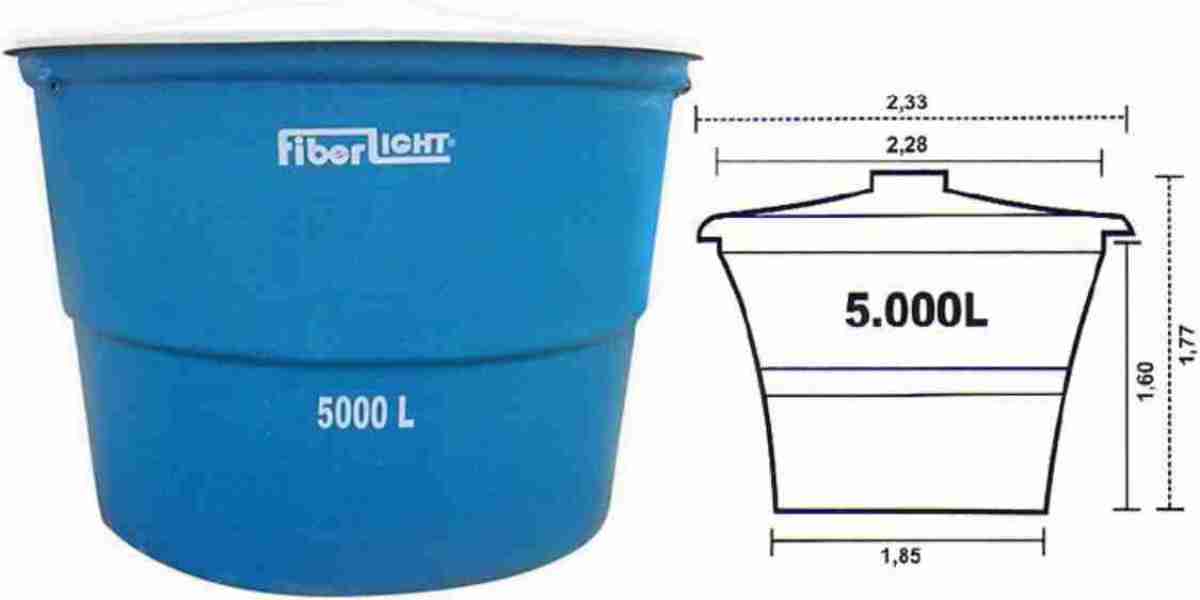In recent years, hydroponics farming has gained significant traction across the USA, offering an innovative solution to traditional agricultural practices. This method of growing plants without soil not only maximizes space but also conserves water and resources, making it a sustainable choice for the future. In this blog post, we will explore the benefits of hydroponics farming, its growth in the USA, various systems, challenges, and the future of this revolutionary agricultural method.
What is Hydroponics Farming?
Hydroponics is a method of growing plants in nutrient-rich water solutions instead of soil. The roots of the plants are suspended in a nutrient solution, allowing them to absorb the essential minerals and nutrients they need for growth. This system can be implemented in various settings, from small indoor gardens to large commercial farms.
Benefits of Hydroponics Farming
1. Water Efficiency
One of the most significant advantages of hydroponics farming in the USA is water conservation. Traditional farming methods can waste a considerable amount of water through evaporation and runoff. In contrast, hydroponic systems use up to 90% less water, as the water is recirculated and reused. This efficiency is particularly crucial in regions facing water scarcity.
2. Space Optimization
Hydroponics allows for vertical farming, where plants are grown in layers, maximizing the use of space. This method is ideal for urban areas where land is limited. By utilizing vertical space, hydroponics can produce significantly higher yields compared to traditional farming on the same footprint.
3. Faster Growth Rates
Plants grown in hydroponic systems typically grow faster than those in soil due to the controlled environment and direct access to nutrients. This accelerated growth can lead to more frequent harvests and increased productivity for farmers.
4. Reduced Pest and Disease Issues
Without soil, many common pests and diseases associated with traditional farming are minimized. This reduction leads to lower pesticide usage, resulting in healthier produce and a more environmentally friendly farming practice.
5. Year-Round Production
Hydroponics enables year-round cultivation, independent of seasonal weather conditions. This capability allows farmers to produce crops consistently and meet market demand throughout the year.
Growth of Hydroponics Farming in the USA
The hydroponics farming industry in the USA has seen significant growth in recent years. According to a report by Grand View Research, the global hydroponics market was valued at $8.1 billion in 2020 and is expected to expand at a compound annual growth rate (CAGR) of 24.7% from 2021 to 2028. This surge is driven by the increasing demand for fresh produce, urbanization, and the need for sustainable agricultural practices.
Several states have emerged as leaders in hydroponics farming:
California
California is at the forefront of hydroponics farming in the USA, with a wide range of commercial hydroponic operations. The state’s favorable climate, combined with innovative technology, has made it an ideal location for hydroponic farming. Farmers in California produce a variety of crops, including lettuce, strawberries, and tomatoes, using hydroponic methods.
Florida
Florida has also embraced hydroponics farming, particularly in the production of vegetables and herbs. The state's warm climate allows for year-round cultivation, making it a prime location for hydroponic greenhouses.
New York
In urban areas like New York City, hydroponics farming has gained popularity as a way to produce fresh food locally. Vertical farms and indoor hydroponic systems are becoming more common, providing city dwellers with access to fresh produce without the need for long transportation routes.
Common Hydroponic Systems
Hydroponics farming can be implemented using various systems, each with its own advantages and suitability for different types of crops. Here are some common hydroponic systems:
1. Nutrient Film Technique (NFT)
In this system, a thin film of nutrient-rich water flows over the roots of the plants, allowing them to absorb the nutrients while ensuring adequate oxygen supply. NFT is commonly used for growing leafy greens and herbs.
2. Deep Water Culture (DWC)
DWC involves suspending the plant roots in a nutrient solution, where they are submerged in water. Air stones provide oxygen to the roots, promoting healthy growth. This system is effective for growing various crops, including tomatoes and peppers.
3. Ebb and Flow (Flood and Drain)
This system periodically floods the plant roots with a nutrient solution and then drains it back into a reservoir. This cycle provides the plants with nutrients and oxygen. Ebb and flow systems are versatile and can be used for a variety of crops.
4. Aeroponics
Aeroponics is a high-tech system where plant roots are suspended in the air and misted with a nutrient solution. This method maximizes oxygen exposure and can result in rapid plant growth. Aeroponics is often used for high-value crops like herbs and strawberries.
Challenges of Hydroponics Farming
While hydroponics offers numerous benefits, it also comes with challenges that farmers must navigate:
1. Initial Setup Costs
The initial investment for hydroponics systems can be high. Equipment, technology, and infrastructure require significant capital. However, many farmers find that the long-term savings and increased productivity justify the initial costs.
2. Technical Knowledge
Successful hydroponics farming requires a solid understanding of plant biology, nutrient management, and system maintenance. Farmers may need to invest time in training and education to ensure their success.
3. Energy Consumption
Many hydroponic systems rely on artificial lighting and climate control, which can lead to increased energy consumption. However, advancements in renewable energy and energy-efficient technologies are helping to mitigate this challenge.
4. Pest Management
While hydroponics reduces certain pest issues, farmers must still be vigilant about pest management. Integrated pest management (IPM) strategies are essential to maintain healthy crops without resorting to harmful chemicals.
The Future of Hydroponics Farming in the USA
The future of hydroponics farming in the USA looks promising as technology continues to advance. Innovations in automation, nutrient delivery systems, and energy efficiency are making hydroponics more accessible and sustainable. Additionally, the growing demand for local produce and sustainable practices is likely to drive further adoption of hydroponics in urban areas and beyond.
Educational Initiatives
As hydroponics gains popularity, educational programs and resources are emerging to help aspiring farmers learn about the system. Universities and agricultural extension programs are offering courses and workshops, providing valuable knowledge to those interested in pursuing hydroponics farming.
Research and Development
Ongoing research into hydroponics systems, crop varieties, and pest management strategies is essential for improving productivity and sustainability. Collaborations between universities, government agencies, and private companies are fostering innovation in the field.
Conclusion
Hydroponics farming in the USA represents a significant shift in agricultural practices, offering a sustainable solution to the challenges of traditional farming. With its numerous benefits, including water efficiency, space optimization, and year-round production, hydroponics is paving the way for a more sustainable food system. As the industry continues to grow, farmers, consumers, and researchers must work together to harness the potential of hydroponics for the future of agriculture.
In summary, hydroponics farming in the USA is not just a trend; it’s a revolution that holds the promise of feeding a growing population while conserving valuable resources. As technology evolves and more farmers embrace this innovative method, hydroponics will play a crucial role in shaping the future of food production.















